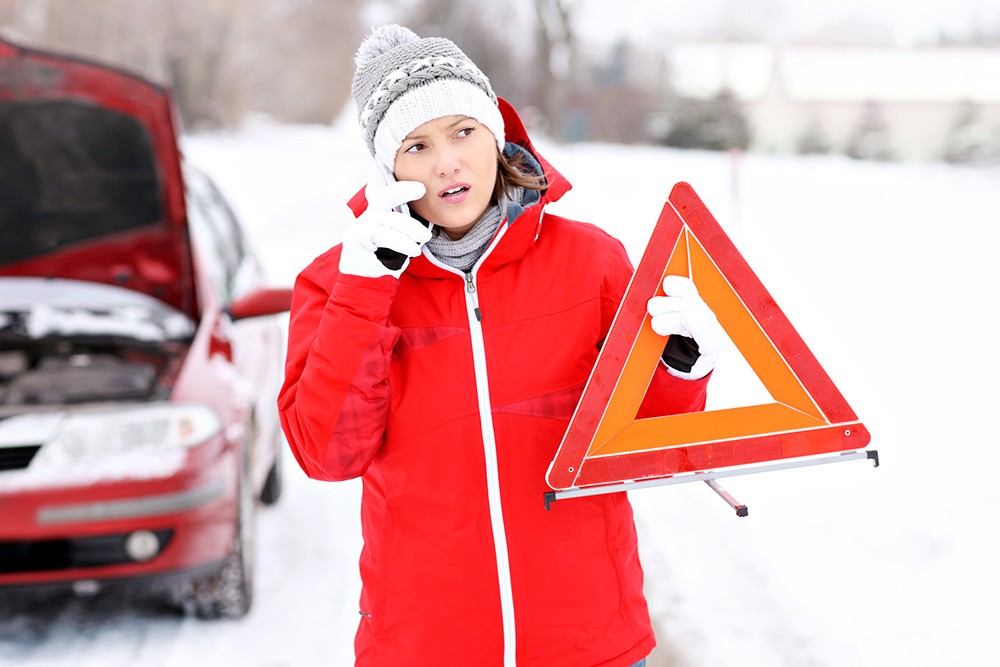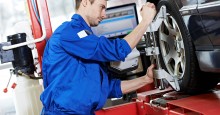
Winter travel and preparedness includes a reliable vehicle no matter what direction your compass takes you in 2025.
“Winter maintenance and inspection is crucial for safety,” said Tony Molla, automotive repair expert with more than 40 years of experience and host of the monthly Team ASE podcast for the National Institute for Automotive Service Excellence. “I always recommend having a professional technician do a routine inspection and safety check of your vehicle before leaving town in the winter.
“A trained eye can see things that may be problems on the road. And you don’t want to get stranded away from home in wintery weather.”
Some of the items on Molla’s list of recommendations:
- Battery and charging system. Is your battery still at full charge? Cold temperatures demand more power to start your car, and winter conditions can accelerate the decline of a weakening battery. Now that we are a few months into winter, make sure your charging system and battery are functioning properly. Icy buildup or corrosion on terminals can affect power and charging.
- Winter wiper blade replacement. Perhaps you already replaced wiper blades last summer, but heat and sunlight can reduce their effectiveness in winter. Do they chatter, scrape or leave streaks? Prepare for the next storm by replacing front blades and the back blade on your SUV. Consider using winter blades designed for cold weather.
- Tire gripping ability. According to Consumer Reports, tires lose their ability to grip in wintery conditions long before they appear worn out. Its tire tests showed decline in performance with half the tread still available, even for winter and all-weather tires designed for snowy conditions. Ask your service advisor to check tread depth if they are going to handle your next winter road trip.
- Wheel alignment for steering. The freeze-thaw cycle of winter creates potholes and road cracks. Both can knock your vehicle alignment out of whack–a condition that damages tires and affects steering. If you haven't had one in a while, get an alignment check before leaving town.
- Headlight beam alignment. Make sure your headlight beams are aimed in the right direction. Traveling over rough roads and deterioration of mounting components can cause the beams to skew and make seeing the road more difficult. The problem can reduce the amount of light on road surfaces and cause glare for other drivers.
- Wiper fluid tank. Fill up with high-quality windshield wiper fluids. You can quickly go through a lot of windshield wiper fluid in a single snowstorm. Make sure your vehicle’s reservoir is full of high-quality “winter” fluid with de-icer.
- Heating system review. Do the vehicle defroster, front and rear, operate efficiently? Check before going to wintery zones. Also, If your vehicle has been parked outside during storms, clear away debris and ice from vents to improve performance. Coolant life expectancy varies by driving conditions. Does your vehicle system need a routine flush and fluid replacement? Ask your advisor to check fluid level and condition to help prevent climate control problems.
- Back-up camera and external sensors. Modern vehicles rely heavily on proper functioning of a myriad of high technologies and external sensors are particularly susceptible. Don’t wait until you receive a sensor warning light. Use a microfiber or terrycloth towel and quick detailing spray to remove road grime, slush and snow.
- Tire Pressure. Cold temperatures cause tire pressure to drop, causing a 1-2 PSI change for every 10°F shift. Properly inflated tires are crucial for maintaining control and stability on winter roads. Regularly check and adjust tire pressure as needed.
- Spare Tire. While most focus on the four main tires, the spare tire should not be overlooked. Ensure that it is in good condition, properly inflated and has adequate tread. A well-maintained spare can be a lifesaver in emergency situations.
“Drive with confidence your vehicle can get you from Point A to Point B this winter,” Molla said. “Keep your attention on the road during wintery conditions rather than being distracted by vehicle problems, especially ones that can be prevented before going on a winter road trip.”

Copyright © 2024 by Sensible Driver. All rights reserved.